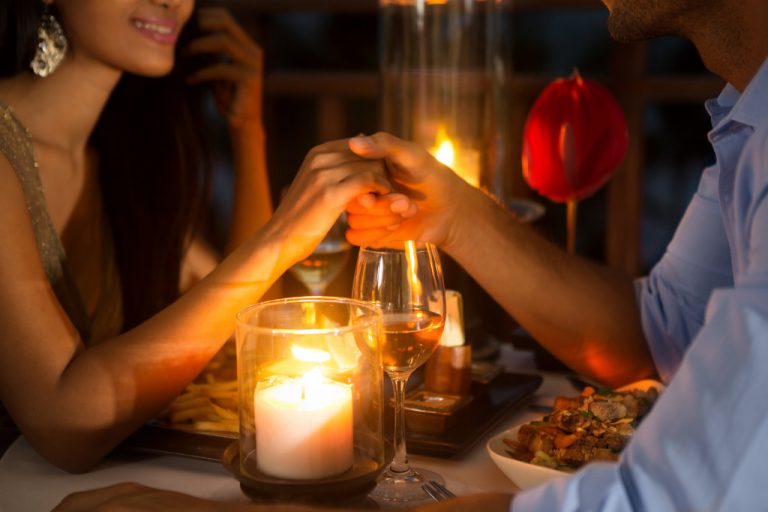Candles were originally used as a source of light after the sun has set, around 5,000 years ago, but it has evolved into something that we find in many places today: the scented candles. Nowadays, you can see them in many places like coffee shops, restaurants, hotels, and even in some corners of your own home. We’ve all received and given them as presents at some point in our lives and sometimes we never really bothered lighting them.
There are also so many scents you can choose from for different purposes. There’s citrus, citronella, lavender, eucalyptus, and more. And all of them are supposedly good for lifting your mood and calming your mind. They are also said to be good at pest control and extermination as they repel some insects and bugs. And newer scents like pizza, beer, popcorn, library, champagne, and more keep popping up.
These types of candles have become so ubiquitous that we rarely think about their history. Have you ever thought about how candles were invented? Were they always scented? Did you ever think about how candles evolved from being a light source to becoming a scented candle that we can use to set the mood for some relaxations, romantic dinners, and as a home decoration?
That’s okay if those questions have never crossed your mind. To be honest, we also haven’t thought about those. So, let’s take a look at a brief history of candles and how they evolved into that scented candle you’ve never lit once since you got it last Christmas.

From The Ancient Candles To The Modern Candles
The Ancient Egyptian and Roman Candles
Unfortunately, there is no concrete information to pin down the exact date and location of the origins of the earliest candles or the practice of candle making. However, many civilizations have already been making their versions for thousands of years.
During 3,000 BC, the Ancient Egyptians used animal fats to produce wax and reeds to act as the wick. Then, around 500 BC, the Romans used the pith of the papyrus plant as the wick and dipped it into melted tallow or beeswax. It was the earliest record of humans using wicked candles as we know of them today.
The Asian And Jewish Candles
In Asia, several archeological findings prove the Early Chinese made candles using rolled rice paper covered with either whale fat or a combination of indigenous insects and seeds. The Japanese extracted wax from tree nuts to make their candle wax. And in India, they boiled the cinnamon fruit to produce wax which gave off a scent when burned.
Of course, candles were also widely used for religious ceremonies. A perfect example of this is during 165 BC when the Jewish celebrated Hanukkah and the Festival of Lights by lighting candles.
The European Candles
When the Roman Empire collapsed during the Middle Ages, it resulted in a scarcity of olive oil used to fuel oil lamps. That was when the use of candles made of tallow became standard practice across Europe. Unfortunately, since tallow is an animal byproduct, it gave off an unpleasant odor, and some European countries banned its usage.
Beeswax then became the alternative to tallow to produce candles, albeit it being expensive. Because the costs of beeswax candles were not affordable by a common family, it became a luxurious item and a status symbol that only wealthy people and royalty mostly use.
During the 13th Century, candle making became a common practice in most of England and France. Candle makers made a living by going to each household to make candles for them using the fats that the homeowners saved.
The Modern Candles
Chemists in the 1850s introduced paraffin wax in the candle making industry after they learned how to extract and refine the waxy substance from petroleum. Since it was the most economical substance ever used for candles, it became the new substance used to make candles.
In 1879 with the invention of the first light bulb and modern lighting, the popularity of candles declined until the first half of the 20th Century when it evolved into an ordinary decorative object, and new variations using soybean wax and palm wax became available to the public.
There are many mundane, everyday objects with a fascinating history that we seldom give a second thought to. So, the next time you get disappointed when you receive a scented candle as a gift, remind yourself that it’s a piece of history. It’s the result of 5,000 years of evolution from a rancid-smelling animal fat candle to a beeswax candle until it became the fruity scented candle you are holding now. Be grateful.

